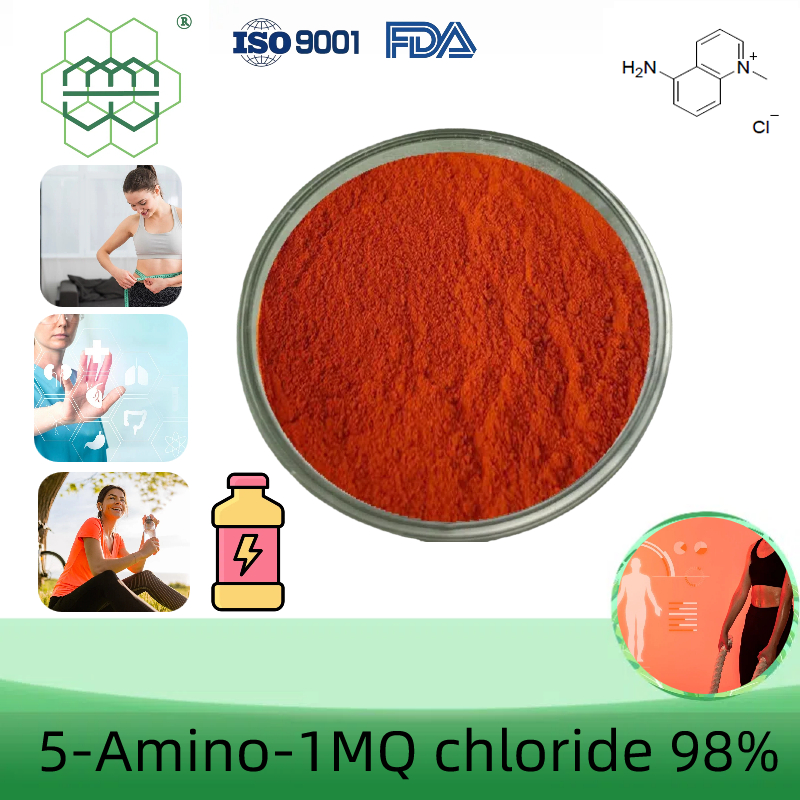-
Categories
-
Pharmaceutical Intermediates
-
Active Pharmaceutical Ingredients
-
Food Additives
- Industrial Coatings
- Agrochemicals
- Dyes and Pigments
- Surfactant
- Flavors and Fragrances
- Chemical Reagents
- Catalyst and Auxiliary
- Natural Products
- Inorganic Chemistry
-
Organic Chemistry
-
Biochemical Engineering
- Analytical Chemistry
-
Cosmetic Ingredient
- Water Treatment Chemical
-
Pharmaceutical Intermediates
Promotion
ECHEMI Mall
Wholesale
Weekly Price
Exhibition
News
-
Trade Service
| Research finds that deep-sea hydrothermal microorganisms can use infrared light |
The picture shows the pattern of infrared light promoting the growth of the deep-sea hydrothermal bacterium Croceicoccus marinusOT19 .
Photo courtesy of the research group
.
Photo courtesy of the research group
On June 15, the international academic journal Environmental Microbiology reported on the research results of the research team of Sun Chaomin, a researcher at the Institute of Oceanology of the Chinese Academy of Sciences, on the use of infrared light for energy synthesis by deep-sea hydrothermal microorganisms, in order to discover new light energy utilization mechanisms and evaluate the effect of light on the deep sea.
The contribution of hydrothermal ecosystems provides theoretical basis and research examples
Chinese Academy of Sciences
For a long time, researchers have generally believed that the deep sea is a dark ecosystem supported by chemical energy, but more and more evidence shows that deep-sea hydrothermal areas, especially near high-temperature chimney bodies, can emit geology dominated by infrared light.
Heat source light
.
However, whether microorganisms in deep-sea hydrothermal ecosystems can use this geological light source for special "photosynthesis" or other unknown light energy metabolism pathways has always been the focus of attention and controversy in the academic community, which also contains many important scientific issues
However, whether microorganisms in deep-sea hydrothermal ecosystems can use this geological light source for special "photosynthesis" or other unknown light energy metabolism pathways has always been the focus of attention and controversy in the academic community, which also contains many important scientific issues
The study found that compared to other types of light (blue, green, red, etc.
), the strain can grow the fastest under infrared light (940 nm)
.
However, genome sequencing showed that the strain did not contain the chlorophyll synthesis pathway and rhodopsin coding genes, and it was not a common type of light energy utilization
Dr.
Ge Liu from the Key Laboratory of Experimental Marine Biology of the Chinese Academy of Sciences is the first author of the paper, and researcher Sun Chaomin is the corresponding author
.
The research was jointly funded by the Strategic Leading Science and Technology Special Project of the Chinese Academy of Sciences and the Oceanic Association "Deep Sea Biological Resources Project"
Chinese Academy of Sciences
Related paper information: https://doi.
https://doi.
org/10.
1111/1462-2920.
15639







